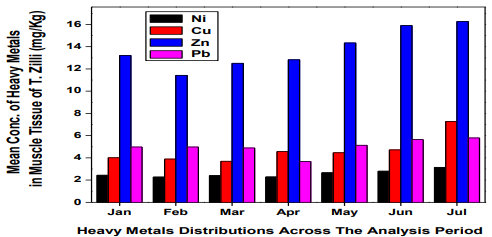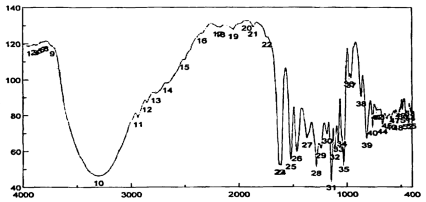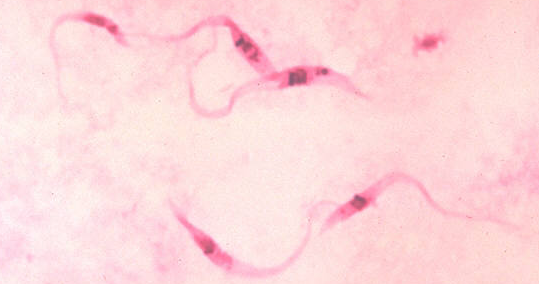 If you encounter any problems with online submission, please email the manuscript to: support@isroset.org
If you encounter any problems with online submission, please email the manuscript to: support@isroset.org
Make a Submission
Journal Information
Information
Join Editorial Board
"Apply for Editorial Board" We are an open-access publisher trying to make open-access publishing affordable without any paywall. Currently, we are expanding our editorial board. If you would like to work as an editor, please send your newest CV to support@isroset.org .
Keywords
Journal- International Journal of Scientific Research in Chemical Sciences
Publisher- ISROSET, Indore - India | Website- https://ijsrcs.isroset.org/index.php/j/index |
For any kind of problem and other information related to publication, please email at Email id: support@isroset.org
This work is under the terms of the Creative Commons Attribution (CC-BY- 4.0) International License
Copyright © IJSRCS, All rights reserved. |Sitemap | Privacy Statement | Disclaimer |








